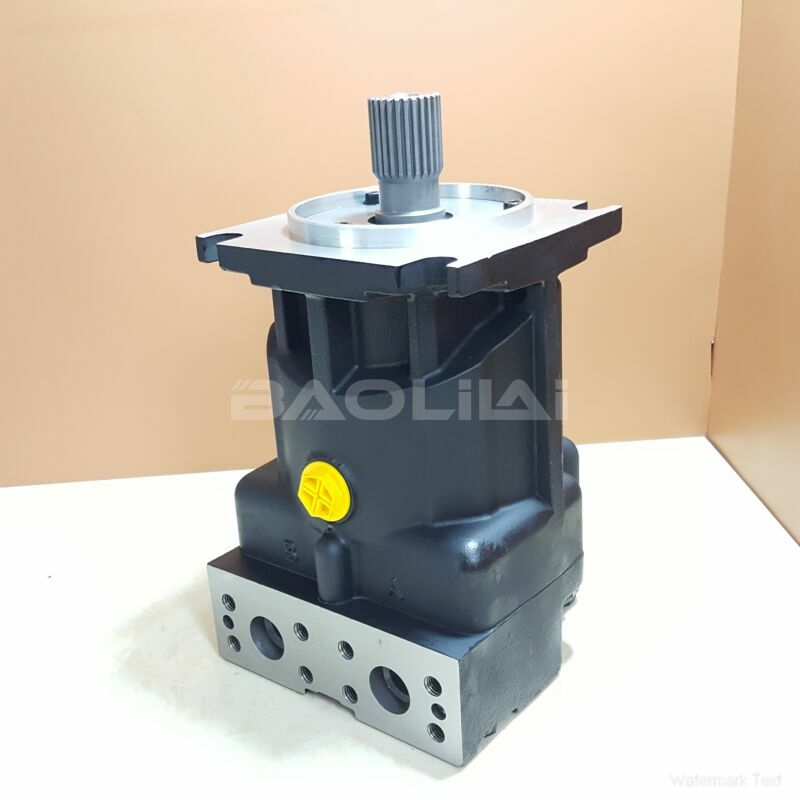90M075NC0N8N0S1W00NNN0000F3 danfoss motor
90M075NC0N8N0S1W00NNN0000F3 danfoss motor

- Product Details
- Applicable Scene
The shift towards more sustainable and efficient energy solutions in the automotive industry has sparked a considerable debate regarding the advantages and disadvantages of hybrid piston engines versus full electric motors. As technological advancements continue to evolve, understanding the efficiency of these two powertrains is crucial for consumers and manufacturers alike.
90-M-075-NC-0-N-8-N-0-S1-W-00-NNN-00-00-F3
90M075NC0N8N0S1W00NNN0000F3
Hybrid piston engines combine traditional internal combustion engines with electric motors, utilizing both gasoline or diesel fuel and electrical energy to optimize performance and fuel consumption. In contrast, full electric motors rely solely on electric energy stored in batteries. While each system has its merits, efficiency can be measured in terms of energy utilization, environmental impact, and overall performance.

83022795
In terms of energy utilization, hybrid engines often outperform their fully electric counterparts in specific driving scenarios. For example, in city driving with frequent stops and starts, hybrids can optimize fuel consumption by switching between or combining power sources. They utilize regenerative braking, converting kinetic energy into electrical energy to recharge the battery, which can enhance fuel efficiency significantly. This ability to adapt to driving conditions allows hybrids to perform well in varied environments, potentially leading to lower fuel costs for consumers.
On the other hand, full electric motors boast higher overall efficiency when measured solely in terms of energy conversion. Electric motors typically convert over 60% of the electrical energy from the grid to power at the wheels, while hybrid systems may lose more energy through heat in the combustion engine. Additionally, the absence of an internal combustion engine in electric vehicles minimizes moving parts, resulting in less mechanical wear and a reduced need for maintenance. This translates into lower operational costs over time, although the upfront cost of electric vehicles can be higher due to battery technology and system design.





